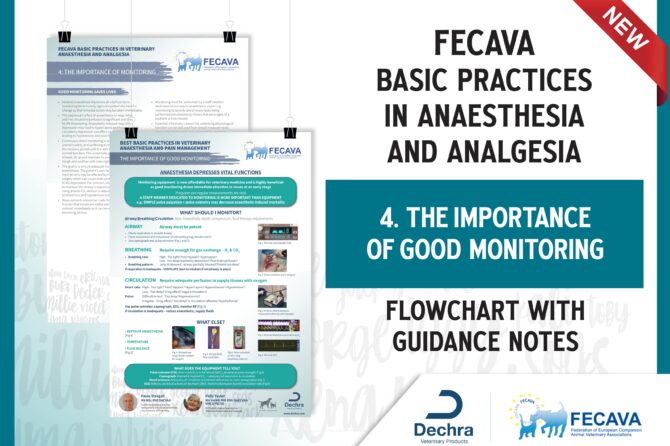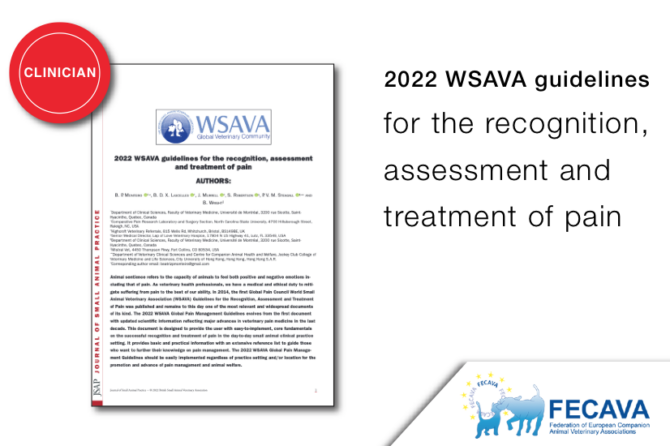
The importance of good monitoring in Anesthesia
Don’t miss the new part of FECAVA Basic Practices in Anesthesia and Analgesia: The importance of good monitoring from Paulo Steagall MV MSc PhD DACVAA and Polly Taylor MA VetMB PhD DVA DipECVAA MRCA FRCVS Monitoring equipment is now affordable for veterinary medicine and is highly beneficial as good monitoring draws immediate attention to issues at
Read more


